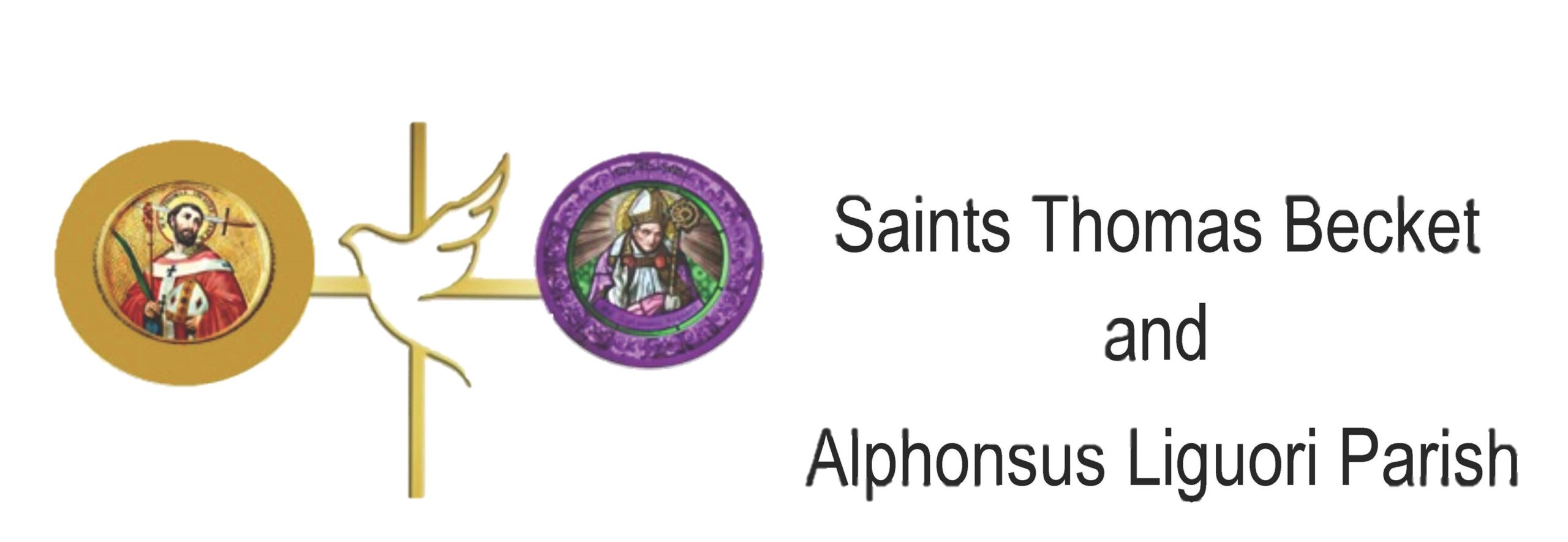Dear Friends,
The first step to protecting children from sexual abuse is educating parents about the nature of the problem. Awareness about child sexual abuse—what it is and who commits it—opens the door to some simple steps parents can take to protect children. No one has more at stake or a more vested interest in protecting children than the people who gave them life. Awareness, education, and responsible parenting give a child the best tools for her or his defense—and the child may be more likely to tell an adult if something happens.
The Protecting God’s Children program is designed for adults in our faith community—to raise their awareness about the nature of child sexual abuse, to educate them on how to recognize the warning signs, and to train them about what to do when they suspect a child is being victimized. The program includes awareness sessions, videos, web-based training modules, online training bulletins, and other programs specifically designed to assist parents and other adults.
The first of two centerpiece videos, A Time to Protect God’s Children, presents an accurate, clear, and effective introduction to the subject of child sexual abuse. Awareness usually gives rise to the question: “What can I do?” The second video, A Plan to Protect God’s Children, trains adults to recognize some of the primary symptoms of child sexual abuse and what to do if a child reports abuse.
Protecting God’s Children for Adults is training conducted by certified facilitators on the prevention of child sexual abuse. The training makes participants aware of the signs of child sexual abuse, the methods and means by which offenders commit abuse, and five easy steps one can use to prevent child sexual abuse. Two videos are the centerpiece of the training: A Time to Protect God’s Children and A Plan to Protect God’s Children. The facilitators incorporate Archdiocesan policies and procedures into the training defining child sexual abuse, addressing the reporting of child sexual abuse, the screening and selection of employees and volunteers.

